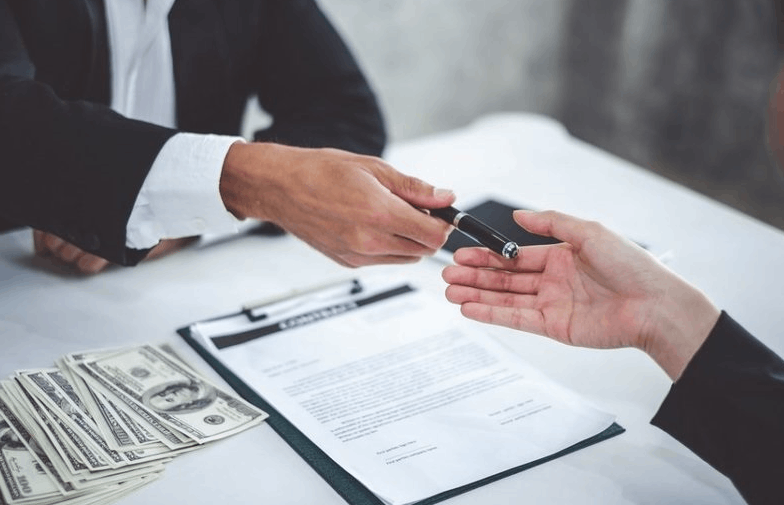There’s an old saying in sales teams’ management circles – that 20 percent of the sales workforce is responsible for producing 80 percent of total revenue. Is that because there’s always one in five salespeople who are simply better at sales than anyone else, or perhaps there’s an endemic fault in the way in which sales ops are run in many companies?
This concept is also allied to the ‘Pareto Principal’ -which roughly states that 80% of consequences come from 20% of the total forces that caused them. This theory is fast becoming outdated, however, as artificial intelligence and more advanced analytics such as blockchain technologies allow statisticians to more accurately pin cause and effect from customer feedback and CRM software analytics.
However, there’s a school of thought that most successful salesmanship is about clever and confident closing techniques. But first, let’s look at what needs to be done to reach that crucial stage.
We’re Only Human
Sales teams are comprised of humans, so there’s always going to be an element that some people are better at some things than others. However, in the final analysis, it’s the way that any company allows its salespeople to operate and the facilities and mechanisms they offer to help them flourish which is key. You can have the most up-to-date software in the world, but a good old-fashioned understanding of what makes people tick is often the most important element.
Seamless sales enablement comes in three stages. The first is finding prospective customers at the very outset – clearly, if there are no prospective customers, you can’t sell anything. Then, when those potential buyers of any product or service are found, it is absolutely essential to train sales staff so that their product knowledge is as perfect as it can be. There’s nothing more likely to lose a sale than a prospect asking, ‘Ah, OK, these widgets are great, but can I get one two inches taller in red rather than blue?’ – and the salesman answering, ‘Sorry, I’m not sure I’ll have to get back to you…’
Keeping it in Your Head
Another big turn-off for potential customers is salespeople using technology during meetings instead of relying on brainpower. It inspires confidence when a salesperson can answer questions without looking the answer up on their laptop or even glancing at notes they hastily jotted down half an hour previously on their Apple watch!
Closing the Deal
Once the potential buyer is sourced, and the sales team is fully trained in product specifications – the sales technique comes next. The thing that separates salespeople from mere ‘order takers’ is how they close a sale. If a customer knows they want to buy 1000 or so 15-inch widgets, it doesn’t take a salesperson to phone them, check the delivery address, and take their payment. That’s an accounts clerk’s job.
The salesperson is the one who recognizes the prospect’s need, aligns it most closely to a product that the company has available, and persuades the customer to sign on the line. The study of closing techniques could fill an encyclopedia, but let’s look at some of the more popular approaches to closing sales.
- Urgency close
- Question close
- Hard close
- Visualization close
- Puppy dog close
- Analytics close
The urgency close involves creating a chronologically closing window for the product – whereby ‘there are only three or four hours left before we can deal at this price before tomorrow’s figures are published…’ and such like.
The question close (sometimes called the ‘alternative close’ ) is simple enough: ‘So, Ms. Prospect, shall we sign you up for option A at this price or Option B, which is slightly cheaper…’
The hard close – is rather desperate and often only used when all other avenues are inaccessible – a simple and brusque ‘we both know you want this deal, so please just sign here, and I’ll be out of your hair!’
The Visualization close is one of the more artistic and aesthetic. If the prospect can visualize what they’re purchasing and have it summed up in a concise way, it’s easy for them to understand what they are buying and why. A real estate agent can stand in an overgrown garden full of rusty supermarket trollies and say, ‘imagine the fishpond there and a treehouse for the kids on that old Oak at the bottom…’ – it’s all about painting pictures of what the prospect desires.
One of the more practical closing tricks is the Puppy Dog – allowing the prospect to try, hold or temporarily own the product – like having them cuddle a puppy to buy for their daughter or test drive a luxury car on a fast mountain road.
The analytics close works best with people who tend to be of a logical and mathematical type, those whose heads rule their hearts and not vice-versa. This is also known as the ‘Benjamin Franklin’ close – because he was the first famous person known to make decisions in this way. Quite simply, you create a list with two columns -pros and cons and ask the prospect to base their choice on the longer one.
Seamless sales enablement – it’s all about knowing your products, your customers, your sales teams, and their techniques. And yes, it’s true all the science and software help a lot.



